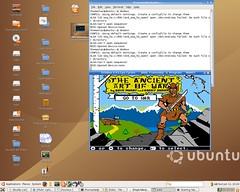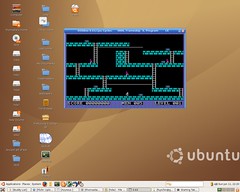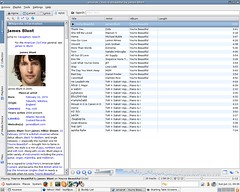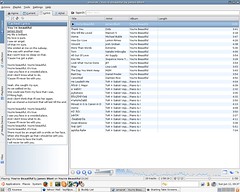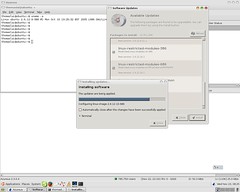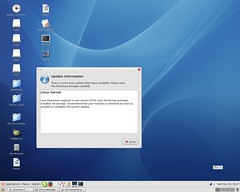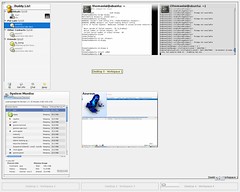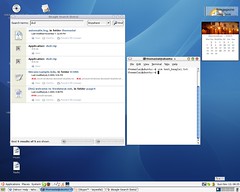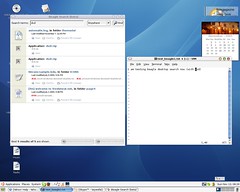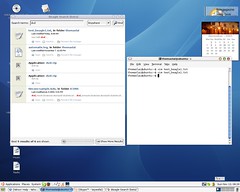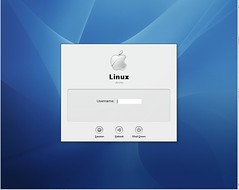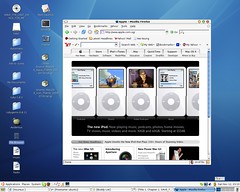The upgrade steps are quite easy.
1. change the /etc/apt/sources.list such that all the word "breezy" to "dapper"
2. sudo apt-get update
3. sudo apt-get dist-upgrade
I left it to run overnight. Next morning, all the packages are downloaded. It has started modifying the system. Before some critical files are overwritten it politely asked for my decisions to keep the old one or create new one. I reply 'yes' to a few questions.
After that, I realized that X Windows cannot be started. I booted into command mode without X. And I have do the step 3 twice because the interdependecies of the different packages.
After the apt upgrade is done, I started to investigate the X windows problem. The problem is that I used Nvidia driver in Ubuntu 5.10. During the upgrade, the driver must be wiped out in the process, so X cannot be started. The solution is just one simple command to use the default X windows driver:
$sudo dpkg-reconfigure -phigh xserver.xorg
After that, it uses the generic driver to start X, so issue solved.
There are a few things new in 6.06:
1. kernel upgraded to 2.6.15.23
2. Gnome upgraded to 2.14
3. Nautilus upgraded to 2.14
4. SCIM Chinese input is installed and working well. Tried Chinese input in MSN, works well
5. Open Office and Azureus are removed. No worry, launch Synaptic Package Manager and install them again.
I tested a few commonly-used s/w which previously working. And they continue to work.
So, everything seems to be okay. Also, added the PCI-USB card which uses VIA 6212 chipset. USB 2.0 finally works for my 300 G external harddisk.

